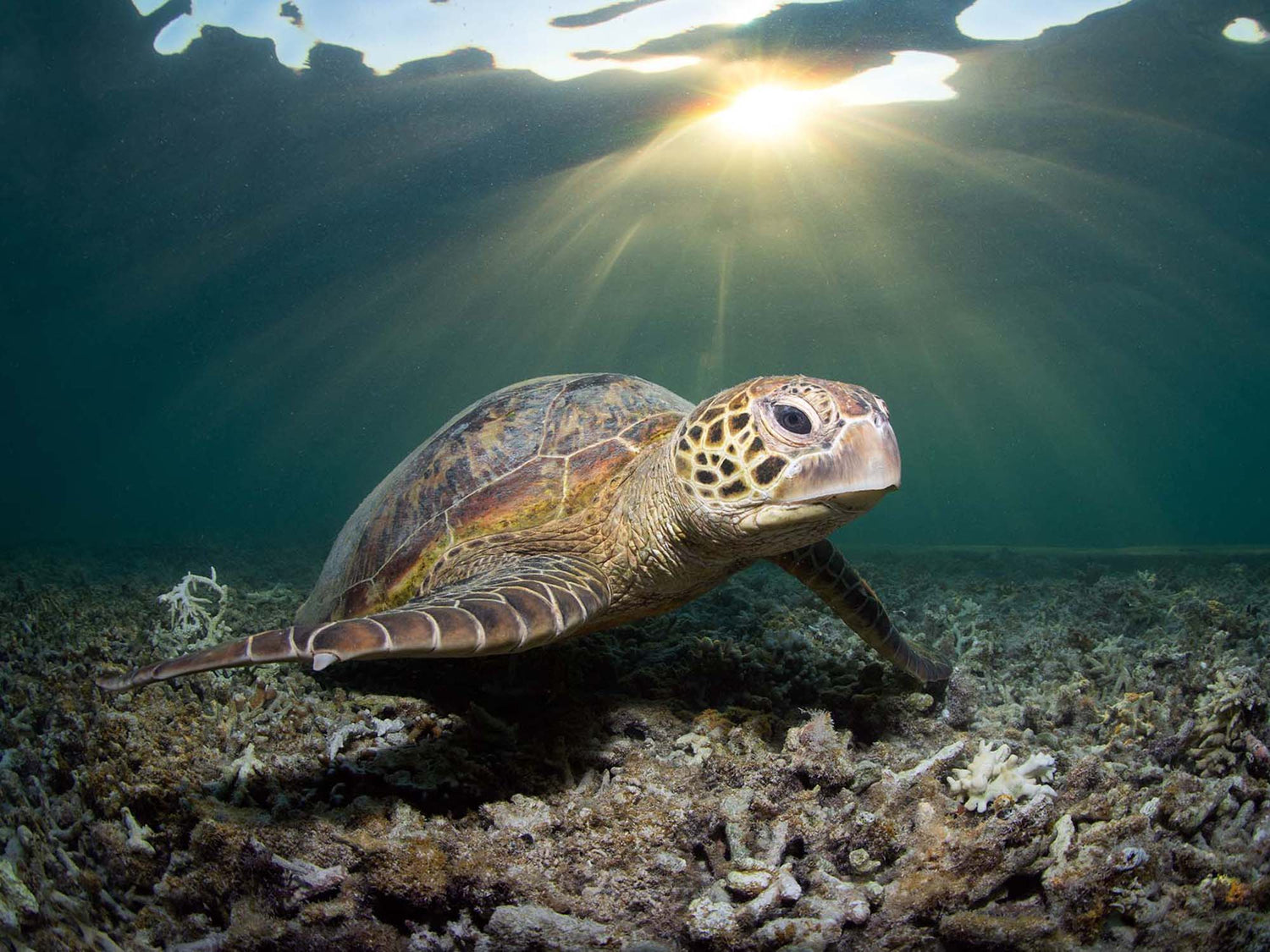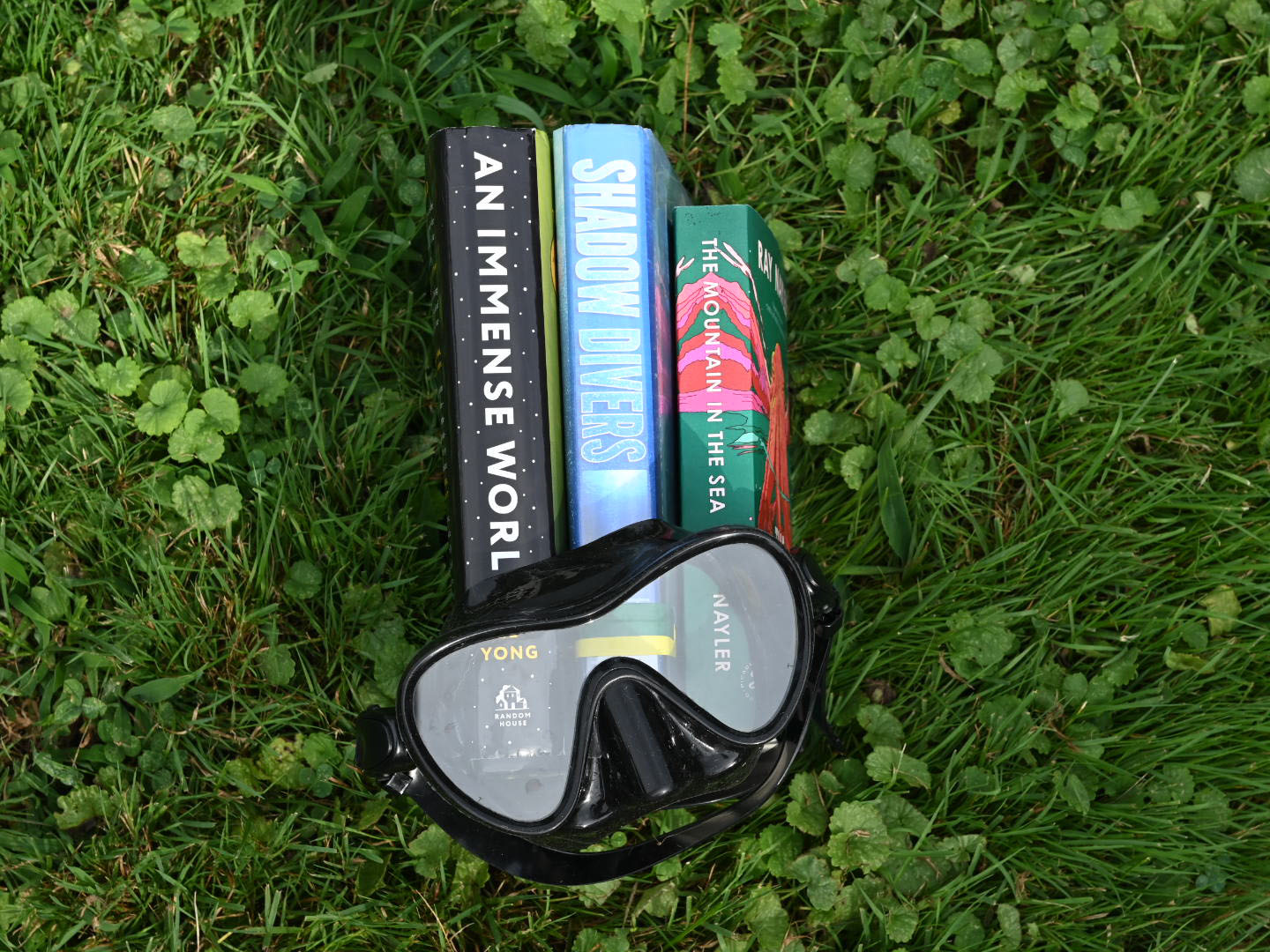By Josh Blank
As one of the seven wonders of the world, the Great Barrier Reef needs little introduction. Located along the Northeast Coast of Australia, it stretches an incredible 2300 kilometres/1400 miles and is home to some of the most spectacular diving in the world. From breathtaking displays of coral and dramatic drop-offs to encounters with a variety of species of megafauna; whether you shoot macro, wide-angle, or a little bit of both, the Great Barrer Reef offers amazing photographic opportunities and should absolutely be on your diving bucket list.
When to Visit?
There really isn’t a bad time to visit the Great Barrier Reef! Visibility is typically excellent sitting around 15 – 20m/50 – 65 ft and the water temperature is reasonably comfortable throughout the year. If there was one time of year to be somewhat cautious of when booking a trip, it would be between January and May when cyclones and rough sea conditions are much more prevalent.
In order to get the most out of your visit to the Great Barrier Reef, it helps to plan around natures calendar so to speak. With a number of migrations and natural events taking place, a bit of prior planning will go along way to helping you capture some amazing moments (more on this below!).

A school of bumphead parrot fish pack closely together in the early hours of the morning. 1/125 • f/9 • ISO 250 © Josh Blank
How to Dive the Reef
Due to its enormous size, it can be difficult to decide exactly where on the reef is best to visit. With a few exceptions, the diving in the north is best suited for scuba divers keen on experiencing beautiful coral and plummeting walls whereas the diving in the south is known for amazing encounters with larger animals such as turtles, manta rays and sharks and is best experienced on snorkel, or better yet, freediving. Three of the best ways to explore the Great Barrier Reef include either a liveaboard departing from the city of Cairns, or by visiting 1 of 2 eco resorts further south.
Liveaboard Diving
Liveaboard diving on the Great Barrier Reef is truly excellent with a numerous dive sites to choose from and consistently beautiful conditions.
There are a plenty of operators to choose from, most of which depart from Cairns. Each vessel provides a few different itineraries, but to see the best of the reef in terms of coral and topography, it’s best to join either a 4- or 7-night expedition. These longer itineraries aim to visit sites further offshore including the famous Osprey Reef which is home to some great dive sites as well as an exciting shark feed involving grey and white tip reef sharks.

While the big animal action is typically better down south, the wall dives in the north are breathtaking. 1/160 • f/8 • ISO 320 © Josh Blank
As mentioned, liveaboard diving in the north tends to focus more on coral scenery, macro, and fish life, however, between the months of June and July, an area collectively known as the Ribbon Reefs become the meeting point of a large number of dwarf minke whales; most of which are incredibly curious around humans.

A dwarf minke whale passes by closely on the Ribbon Reefs off far north Queensland. 1/320 • f/6.3 • ISO 320 © Josh Blank
Lady Elliot Island
Lady Elliot Island is located approximately 80 kilometres (50 miles) offshore the town of Bundaberg and is a favourite among local divers – particularly those with in interest in large animals. To reach the island you will need to book a short 30-to-40-minute flight from either Bundaberg or Hervey Bay, or a slightly longer flight from the Gold Coast.
There is an excellent dive shop on the island, however, Lady Elliot is best experienced on snorkel with the very best sites located a short swim from the beach. Snorkelling or freediving the island also allows you to maximise your time in the water to ensure some special moments in the water.
Be sure to pack a wide-angle lens as this location is all about big animals. Turtles, rays, and sharks can all be found in large numbers, but it’s the abundance of manta rays that really puts Lady Elliot on the map. If you spend enough time in the water, you may even experience rarer encounters such as bottlenose dolphins, a tiger shark, or the unicorn of the sea – the ornate eagle ray.

A very rare encounter with an ornate eagle ray as it glides above the sandy bottom at Lady Elliot Island. 1/200 • f/6.3 • ISO 160 © Josh Blank
Heron Island
Heron Island is located 72 kilometres/45 miles off the coast of Gladstone and is reached via a quick 2-hour ferry ride. This island is another great destination for snorkellers or freedivers with relatively shallow depths and the most abundant marine species located straight off the beach. Those divers wanting to explore a little further offshore can of course visit the dive shop and book a boat tour.
Similar to Lady Elliot, Heron Island is a megafauna hotspot with a very healthy population of marine life. This destination is about as consistent as it gets with encounters with green turtles, cow tail rays, shovel nose rays and pink whip rays are just about guaranteed. The best snorkelling takes place around a wreck known as the HMAS Protector (impossible to miss as you pass by when arriving at the island), under the jetty and also at a small beach on the eastern side of the island known as Shark Bay. As the name suggests, this sandy bay is a great spot to observe black tip reef sharks, shovel nose rays as well as occasional lemon shark.
For the very best experience, its recommended to book your travel to coincide with an early morning and late afternoon high tide. In addition to being able to enjoy that stunning morning light, you will also get to dive the island at its most active.

1/250 • f/9 • ISO 320 © Josh Blank
Special Encounters
Dwarf Minke Whales
The Great Barrier Reef is home to the very best place in the world to photograph dwarf minke whales. Between the months of June and July, minke whales migrate along the east coast until they reach the Ribbon Reefs off far North Queensland. Encounters with the whales are highly regulated and only possible on snorkel whilst holding a tag line, however, don’t let this deter you as the whales are often in big numbers and are extremely inquisitive. The Ribbon Reefs are only accessible via liveaboard from Cairns, with only a handful of operators holding the necessary permits so be sure to check the itinerary before booking.

Making eye contact with an inquisitive minke whale. 1/250 • f/5.6 • ISO 400 © Josh Blank
Green Turtle Mating, Nesting, and Hatching
One of the most popular times to visit the Barrier Reef is during the warmer months when the turtle activity reaches its peak. From October through to April, the surrounding waters and beaches become overrun with an abundance of green turtles and can be observed mating, nesting, and hatching across the season.
These events are best experienced at either Lady Elliot or Heron Island with October – December representing peak mating season, December - March representing peak nesting season, and February to April representing peak hatching season.

A female green turtle attempts to evade an eager male looking to mate. 1/200 • f/8 • ISO 250 © Josh Blank

A large female turtle begins the tiresome journey back to the ocean after a long night laying her eggs. 1/320 • f/6 • ISO 1250 © Josh Blank

A turtle hatchling makes a run for the sea on Heron Island. 1/800 • f/10 • ISO 800 © Josh Blank
Manta Rays
Encounters with manta rays can, and do happen, just about anywhere along the Barrier Reef, however, one destination stands alone as Australia’s prime location to dive with the species – Lady Elliot Island. Manta rays can be seen at Lady Elliot throughout the year, however, it’s the cooler months between May and September where the magic happens. Expect to see manta rays in large numbers as well as a variety of behaviours including courting and feeding.

1/200 • f/8 • ISO 250 © Josh Blank
Ready to Book Your Trip?
The Great Barrier Reef is a true paradise for underwater photographers and really does have something to offer everyone. Whether shooting colourful reefscapes while wall-diving or photographing courting manta rays, this is one destination that just about guarantees some great experiences and a full memory card!

Josh Blank is a diver, underwater photographer, and author based out of the Gold Coast on the east coast of Australia. Through a combination of scuba diving and freediving, Josh is passionate about exploring the open ocean and photographing the larger marine species that inhabit the deep blue. With his photography he hopes to inspire, inform, and instill an interest in the underwater world. He recently published an eBook Big Animal Underwater Photography and has a new underwater photography eBook available soon. Read more...
Additional Reading
Book Review: Big Animal Underwater Photography
Sea Turtle Portraits with DS230 Strobes
Up Close and Personal: A Guide to Underwater Animal Portraits
Behind the Shots: Ocean Art 2022 Winners
An Insider's Guide to Liveaboard Diving












![Scuba Certification Check Out Dives // Behind the Scenes [VIDEO]](http://www.ikelite.com/cdn/shop/articles/ikelite-open-water-certification-dives-cover.jpg?v=1689098798&width=1800)
